- The "Middle Corridor" has brought Central Asia closer to Europe and promoted regional economic development

A transport route through Central Asia is growing dramatically in terms of freight volume and has grown into an important gateway for global trade. The overland corridor, known as the Middle Corridor, bypasses Russia and connects directly to Asia and Europe. The Silk Road, once a thriving route between Eastern and Western civilizations and trade, is being revived, transforming international relations in Eurasia. On May 29 and 30, an international forum is being held in Astana, the capital of the Central Asian country of Kazakhstan.
"Central Asia has always been a crossroads for the exchange of civilizations between the East and the West." In a speech to government officials and business people, Italian Prime Minister Meloni said that "the development of the 'Middle Corridor' is the most promising and attractive topic" and called for greater cooperation on investment in the "Middle Corridor".
The Middle Corridor starts in China, enters Kazakhstan by rail or road, crosses the Caspian Sea by water, crosses the Caucasus Mountains, and finally reaches Turkey and Europe. A Western expert pointed out at the forum: "The 'Middle Corridor', which was previously just a concept, has now become an important gateway to world trade. ”
While there is still a gap compared to maritime transport, the volume of goods transported through the corridor is undoubtedly growing rapidly. According to statistics, in 2024, the volume of goods transported through the "Middle Corridor" increased by 62% compared to the previous year, reaching 4.5 million tons.

The Kazakh government has publicly stated that the goal is to increase the annual cargo traffic of the "Middle Corridor" to 10 million tons as soon as possible. But Kazakh officials revealed in interviews a more ambitious goal of increasing shipments to 43 million tons by 2030, nearly ten times as much as in 2024.
External factors are also increasing the competitiveness of the Middle Corridor as a transport corridor. On the one hand, Russia sent troops to Ukraine in 2022. The conflict between Europe and Russia has disrupted the transport of goods through Russia to the East and West, raising the strategic importance of the Middle Corridor. On the other hand, the Suez Canal was interrupted in 2021 due to the grounding of a large container ship, and the subsequent increase in freight rates and maritime transport risks due to heightened tensions in the Middle East.
The "Middle Corridor" has brought Central Asia closer to Europe and promoted regional economic development. At the same time, a north-south railway would help strengthen the links between Central Asia and South Asia and the Middle East, and make it possible to stabilize Afghanistan. Years after the collapse of the Soviet Union, the emergence of new transport corridors is bringing dramatic changes to Eurasia.(This article is from the official website of Seetao www.seetao.com. Reprinting without permission is strictly prohibited. Please indicate Seetao.com + original link when reprinting) Seetao.com Strategy Column Editor/Sun Fengjuan
Comment
 Praise
Praise
 Collect
Collect
 Comment
Comment
 Search
Search


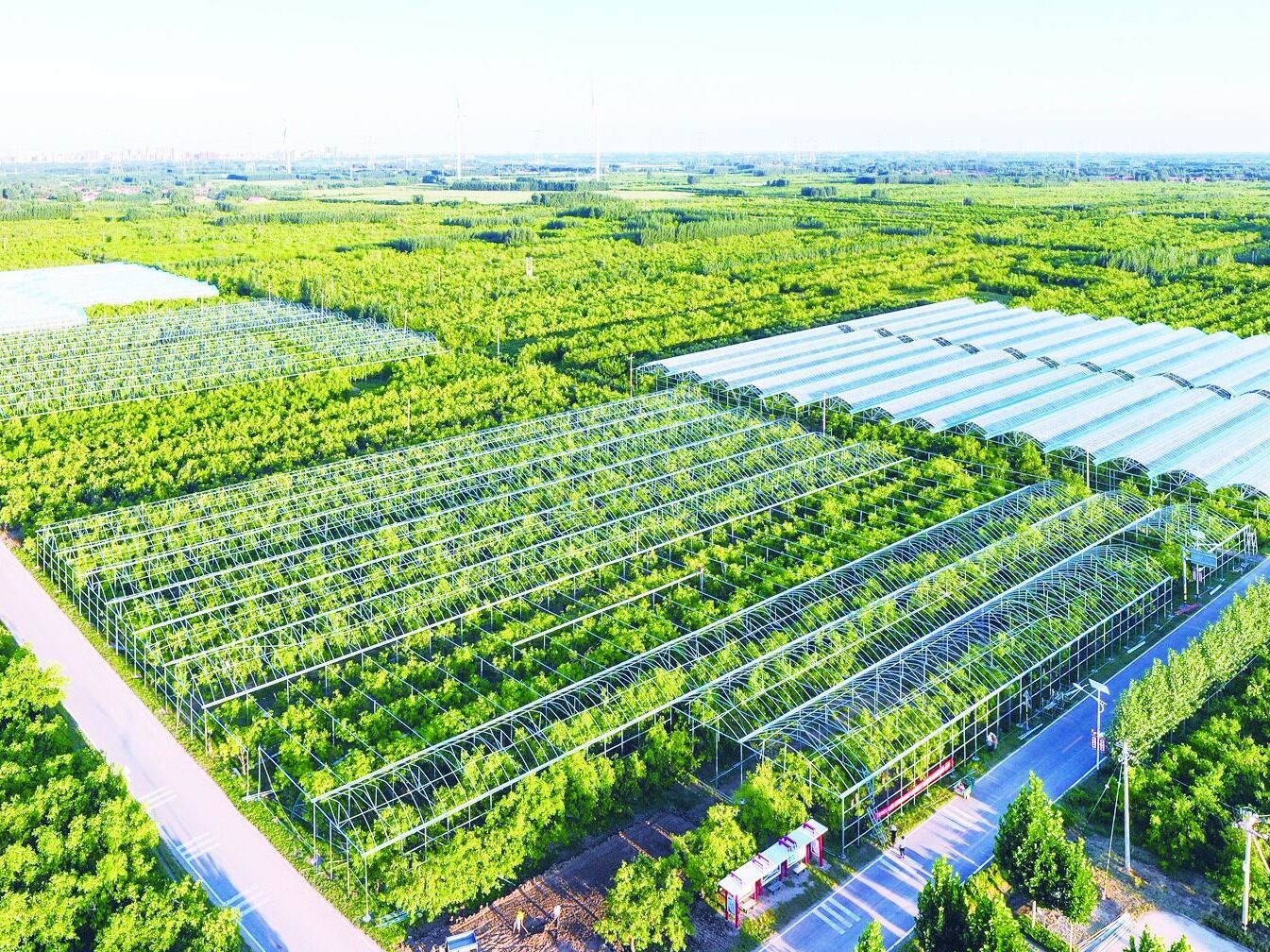

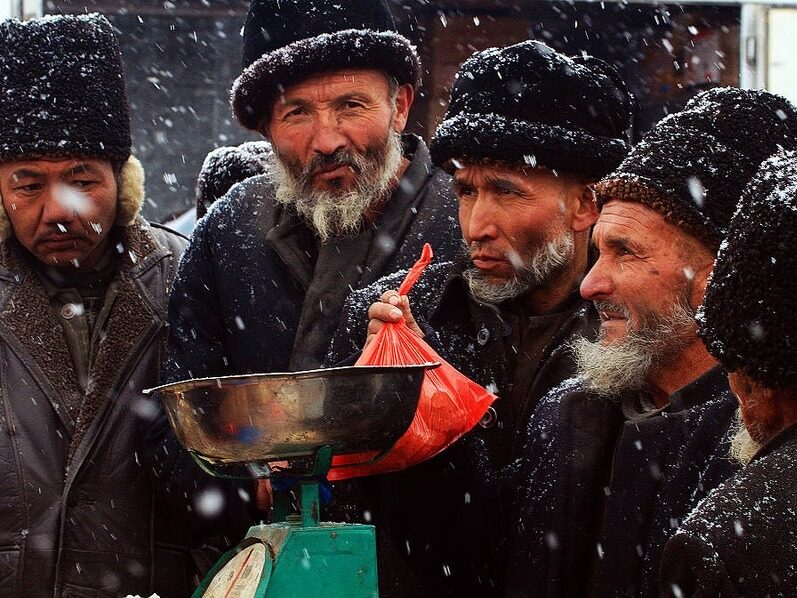
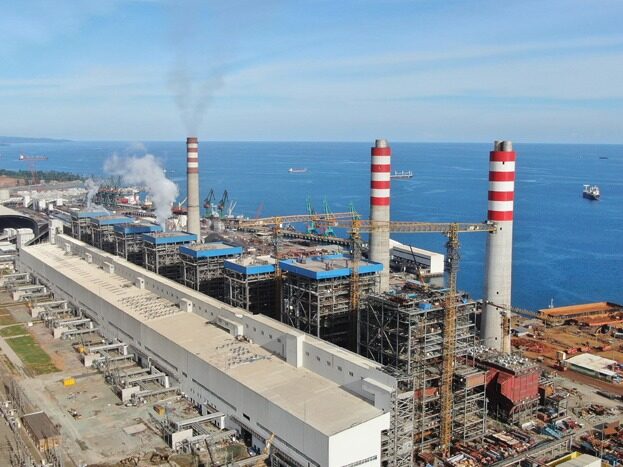
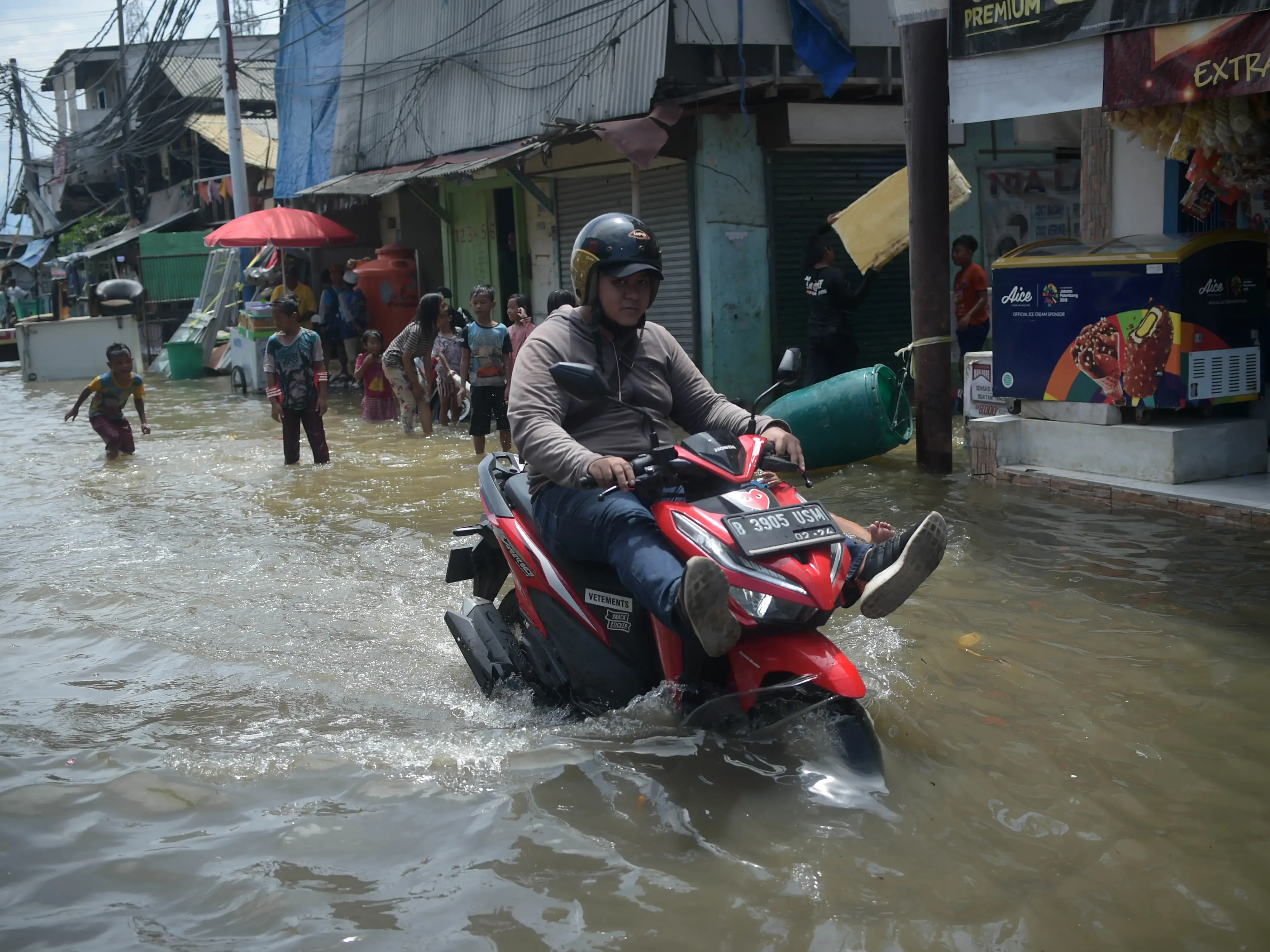
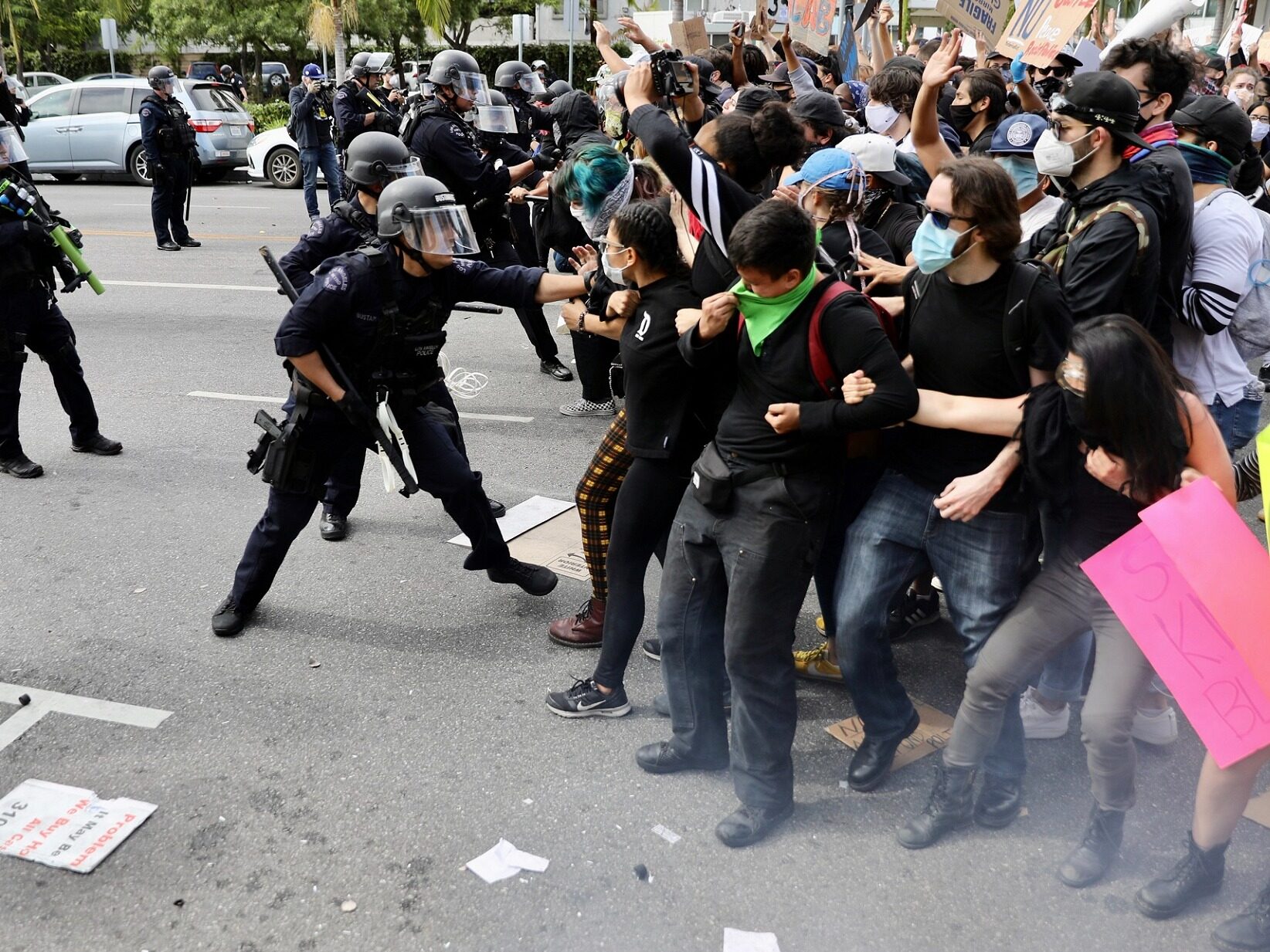






Write something~